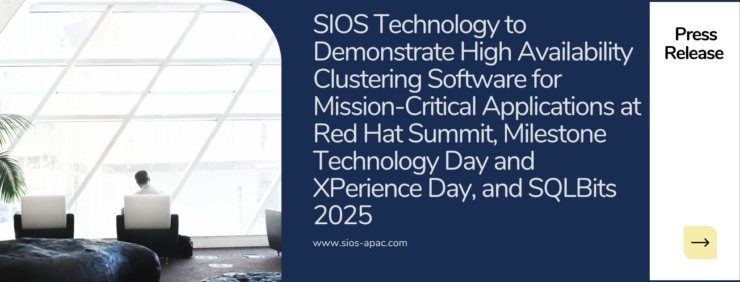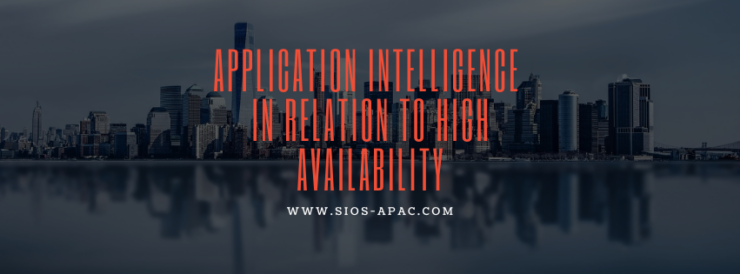| May 27, 2025 |
SIOS LifeKeeper Demo: How Rolling Updates and Failover Protect PostgreSQL in AWSSIOS LifeKeeper Demo: How Rolling Updates and Failover Protect PostgreSQL in AWSThis week, Dave Bermingham, Director of Customer Success at SIOS Technology, walks through how LifeKeeper for Linux delivers high availability for PostgreSQL databases running in AWS.
High availability (HA) and zero-downtime maintenance have long been holy grails for enterprises running mission-critical databases in the cloud. Dave recently showcased how LifeKeeper for Linux solution tackles these challenges for PostgreSQL databases in AWS. The demo, centered on minimizing downtime during planned maintenance and automating recovery from unplanned failures, highlights the growing demand for resilient cloud architectures. Reproduced with permission from SIOS
|
| May 21, 2025 |
How to Assess if My Network Card Needs Replacement |
| May 18, 2025 |
SIOS Technology to Demonstrate High Availability Clustering Software for Mission-Critical Applications at Red Hat Summit, Milestone Technology Day and XPerience Day, and SQLBits 2025 |
| May 12, 2025 |
Application Intelligence in Relation to High Availability |
| May 8, 2025 |
Transitioning from VMware to Nutanix |
- Results 1-5 of 963
- Page 1 of 193 >



